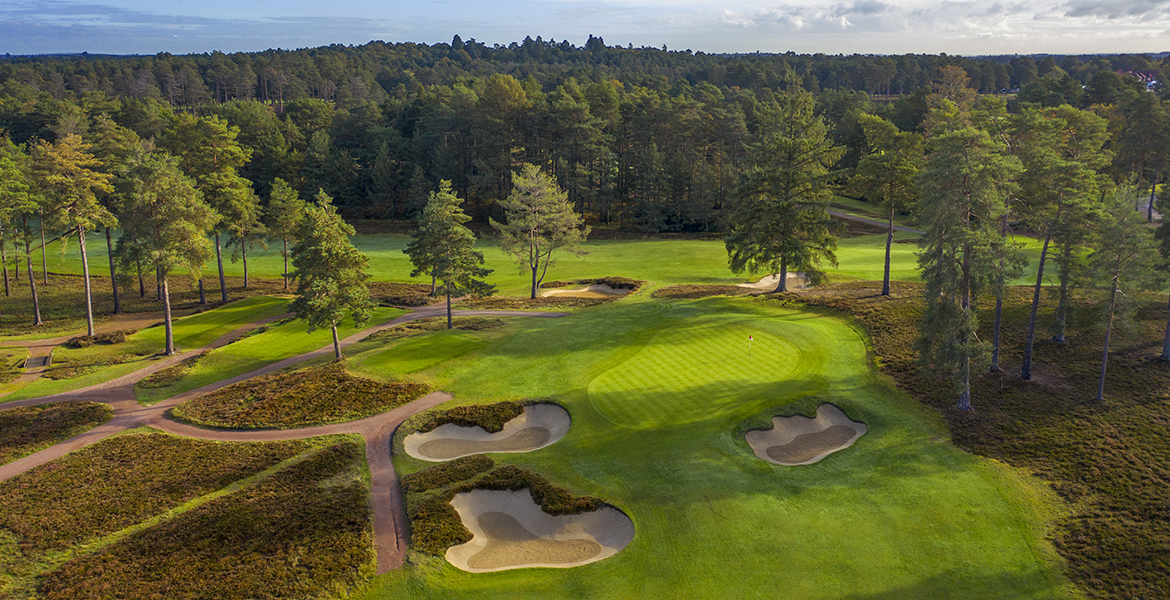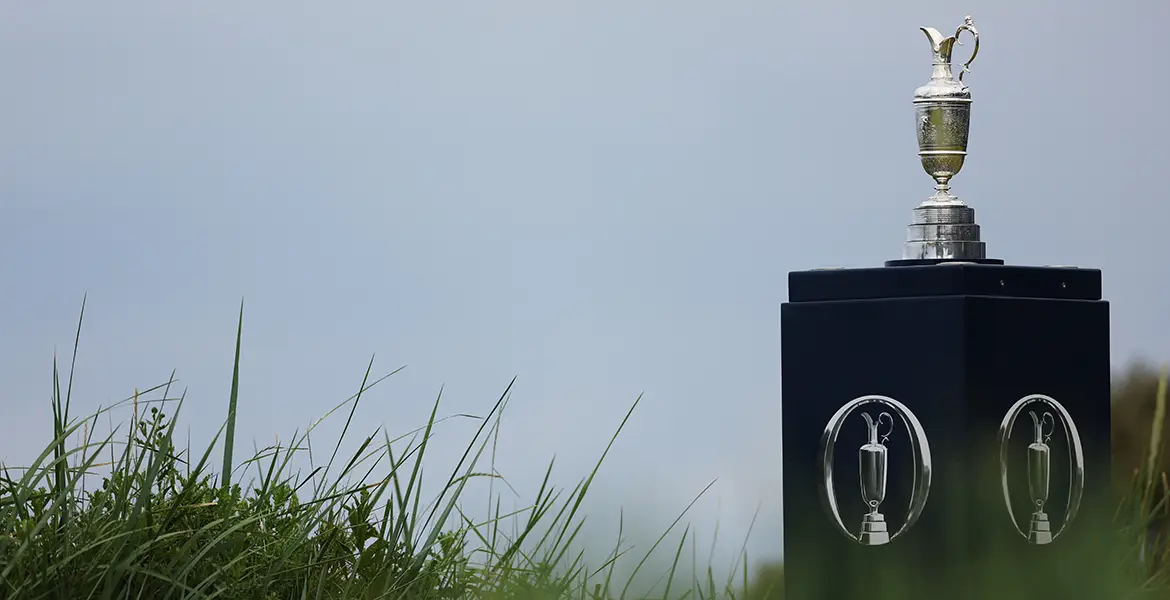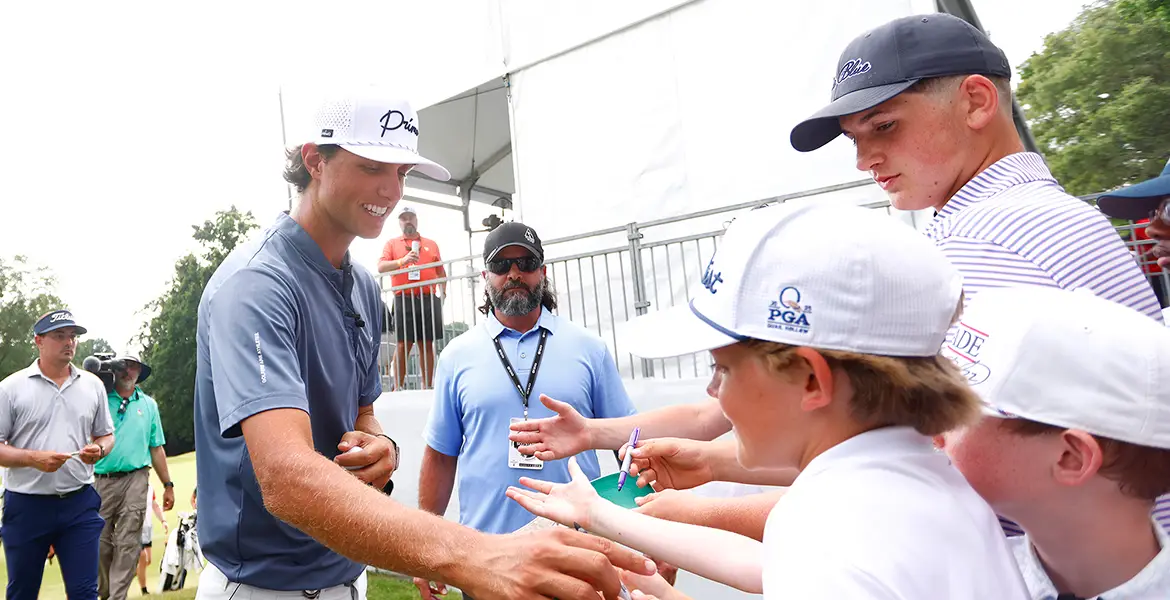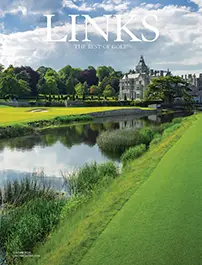For any golfer, waking up in a plush golf cabin on the grounds of a renowned national golf club, ready for a full day of golf, food, drinks and camaraderie, carries the same level of anticipation and excitement they used to feel on Christmas morning.
On a chilly morning in early December, it certainly felt that way after being picked up at Dallas/Forth Worth International Airport the night before and being driven down a working-class neighborhood, past a community college and through an anonymous gate onto the grounds of Dallas National Golf Club.
Waiting inside one of the two tastefully decorated cabins that sit along the 18th fairway were a large, comfortable bedroom, well-prepared steak, bottle of wine and Monday Night Football. If the temperature had been more comfortable, the club’s general manager would have arranged for dinner to be served on the covered patio, beside the fireplace. And the Green Bay Packers-Baltimore Ravens game still would have been watchable—on the television over the outdoor fireplace.
It was too dark to get a sense through the cabin’s French doors of the course that quietly has been garnering acclaim and interest among the well-heeled, well-connected few atop golf’s pyramid of influence. What was visible were the lights of the Metroplex shimmering in the distance, a sodium-light promise that any guest at Dallas National would not be disappointed by what he or she discovered in the morning.
And so it was. For the expectation of even a top Dallas course is one that occupies a flat site, limiting the design’s architecture flair. But the sight from the cabin on that clear morning was as astonishing as asking for a model car for Christmas and finding the real thing parked under the tree.
Instead of several tree-lined holes in a crowded scene, there was instead an open vista, with only a single green visible in the distance, across a wide canyon. The 548-yard 18th, which sits atop a ridge, swept across the foreground. Below were glimpses of other holes in a valley, and far beyond was a panoramic expanse of the Dallas area—downtown to the northeast, Irving to the north and the airport to the northwest.
In just seconds, it was clear that Dallas National is like no other private club in the area. In fact, it looked as though it belonged in Texas’ Hill Country, where the natural elevation changes offer a completely different type of golf.
“I never thought we’d see something like this in Dallas,” says member and six-time major winner Lee Trevino, who grew up in the city. “It’s a beautiful piece of property. If you love golf, you never get tired of it.”
Dallas National was the vision of John MacDonald, who hired Tom Fazio to route a layout that opened in 2002 on a heavily wooded 400-acre site that has been marked for use for a quarry before the city prohibited it. The highest point of the property, at its southern boundary, sits at an elevation of more than 600 feet—Everest-like for the area—while its lowest point, at the north, is more than 200 feet below.
The distinguishing features of the property are three ridges, with two canyons between them. The ridges form the rough shape of a “W,” so the layout has several distinct zones. Fazio’s genius was in creating not only strategic, memorable holes, but also in stringing them together to form a routing in which only a couple of holes cross these zones, making for a surprisingly flowing, walkable layout.
Even so, players need to cross several chasms, especially from tee to fairway or green, so its handsome, timeless bridges are one of the club’s distinguishing features—so much so that a bridge is part of the logo.
The spans connect holes that are fun to play and are challenging for all levels of players, even for the club’s several members who play on the PGA Tour. Says Trevino: “From the Texas tees [7,372 yards], the course is all you can handle. I usually play from the next set up [at 6,862 yards].”

No matter the tees, the course has a friendly beginning, with a shortish par-4 opener and two par 5s among the next three holes. The layout starts to show its stern side at the 225-yard 5th, which requires a long iron over the western canyon.
The front nine keeps to the high ground until the 9th, which begins the transition into the valley. The epic 448-yard dogleg left starts a series of strong holes that don’t let up until the golfer putts out on the 18th.
The highlights include the 610-yard 10th, which falls nearly 100 feet from tee to green; the 154-yard 13th to a diagonal green; and the 489-yard 16th, the longest par 4 on the course. To the left of the 16th tee is a convent, so perhaps there is some providential guidance for tackling this monster of a two-shotter.
At several places, including the 245-yard 17th, Fazio and the construction crew cut through the limestone that permeates the site in order to build holes. The outcroppings, now mostly covered in vegetation, create visual interest with a natural, rugged stadium effect.
Whether the holes are long or short, play along ridges or in the canyons, they have one commonality: tour-level conditioning of the Zoysia fairways and large bentgrass greens, which are marked by slopes both fierce and gentle. “The greens are very challenging,” says Trevino. “They have a lot of speed, which makes Dallas National a great place to practice.”
For first-time visitors, Trevino provides a tip that should help them handle the putting surfaces. “Everything breaks toward Texas Stadium and Irving.” The Dallas Cowboys may have moved to a new home field, but the small city of Irving is still a good North Star.
Speaking of Cowboys and Stars, Dallas National is a haven for professional-athlete members, who can come and go easily among the understated, comfortable membership. While baseball and hockey players enjoy the quiet diversion that the club provides, tour pros like Trevino are especially drawn to the 130-yard-wide practice range, which has tees on both ends—ideal for practicing in different winds to eight bunkered target greens.
In addition, the club boasts a secluded short-game area.
Designed by Fazio, the facility features seven bentgrass greens and allows players to hit any shot of 135 yards or less. “The practice facility is absolutely right on,” says Trevino. “I can practice all the shots and there is nothing to distract me.”
The clubhouse, which has unrestricted views to the north, is just as much a sanctuary as the course itself. Evoking the feel of a ranch house in the Hill Country, every room—from the large men’s locker room to the main dining area to the pro shop—is infused with a distinctively Lone Star State look and atmosphere. In fact, works by local artists hang on the walls, adding to the ambiance.
The clubhouse sits to the left of the 18th green, inviting players to enjoy a post-round drink and share a laugh or two while recapping the long drives, stuffed approaches and clutch putts. But to the right, the 1st tee is even closer, just steps away, beckoning purists whose idea of a perfect day ends with racing the sun to get in a few more holes before dark while enjoying the company of good friends and even better golf partners.
Ultimately, it doesn’t matter whether they head from the 18th green to the clubhouse or the 1st tee. Either way, every day at Dallas National feels like Christmas.






